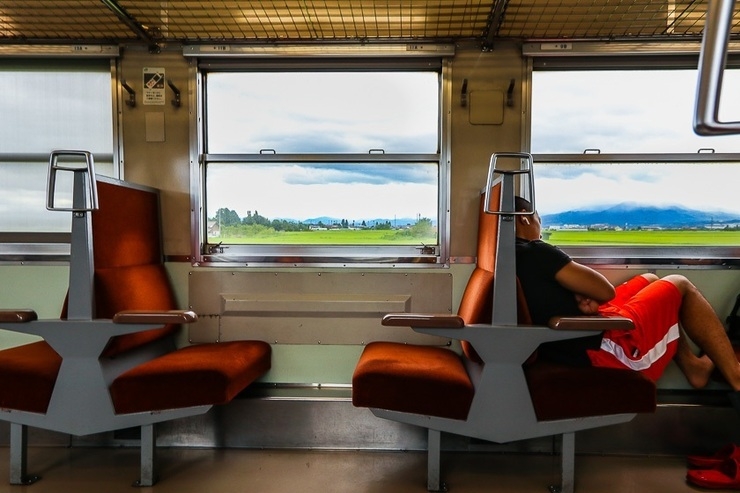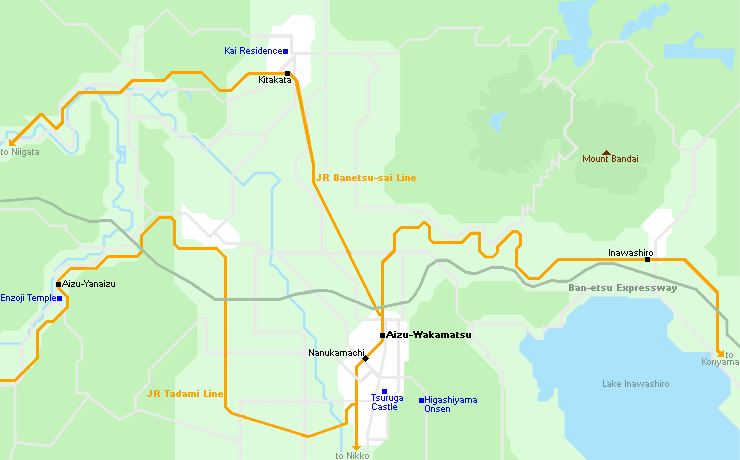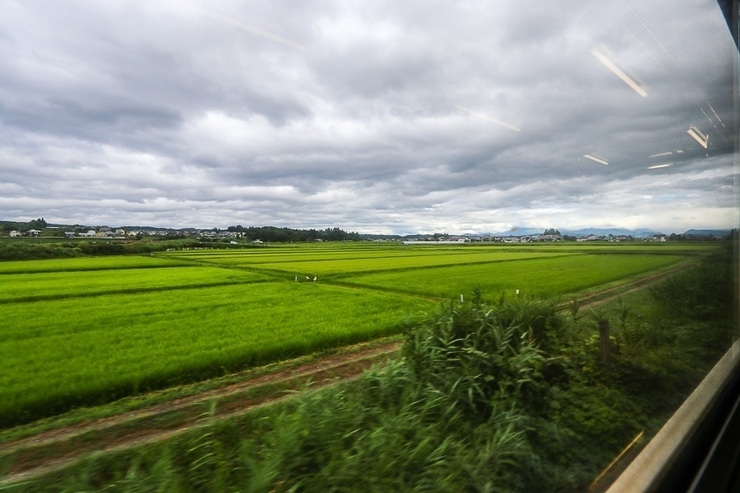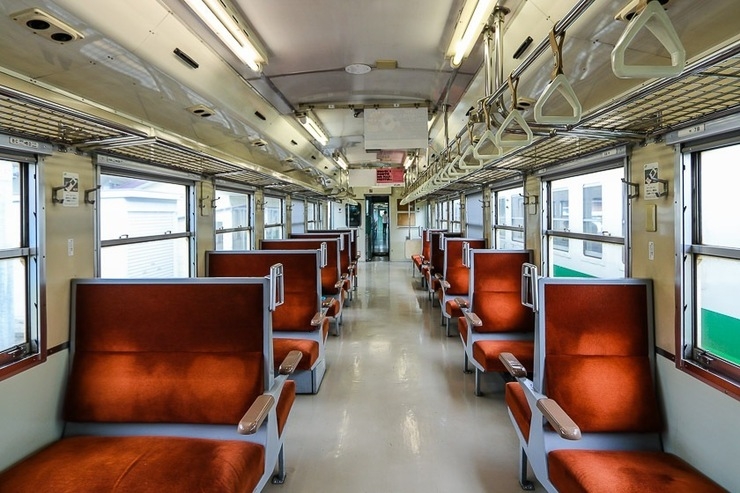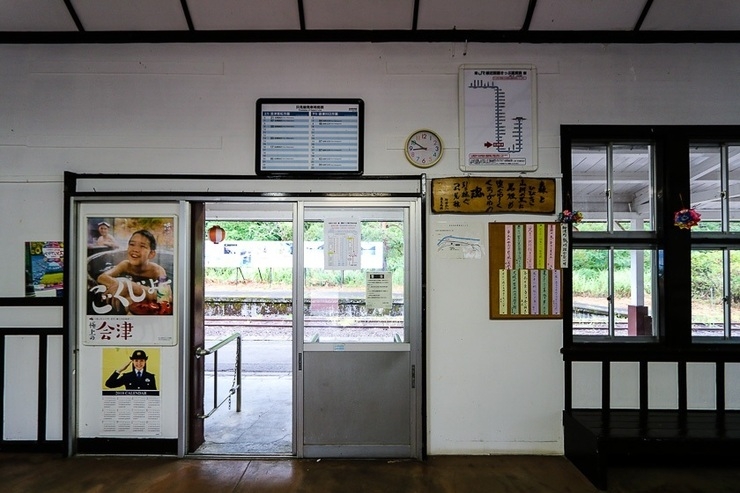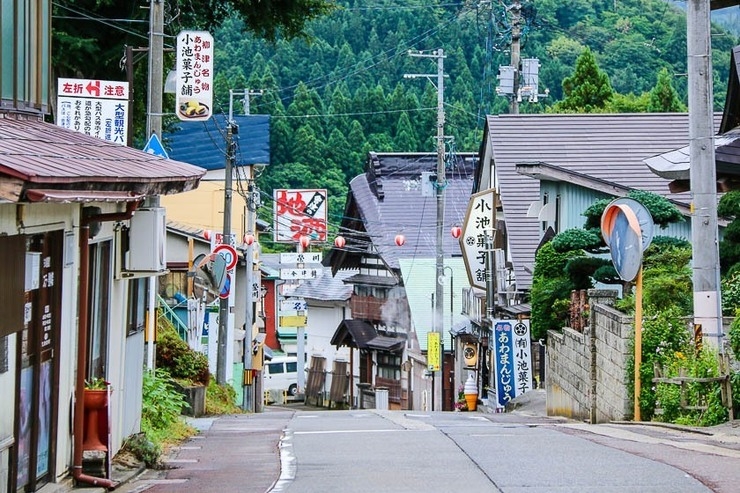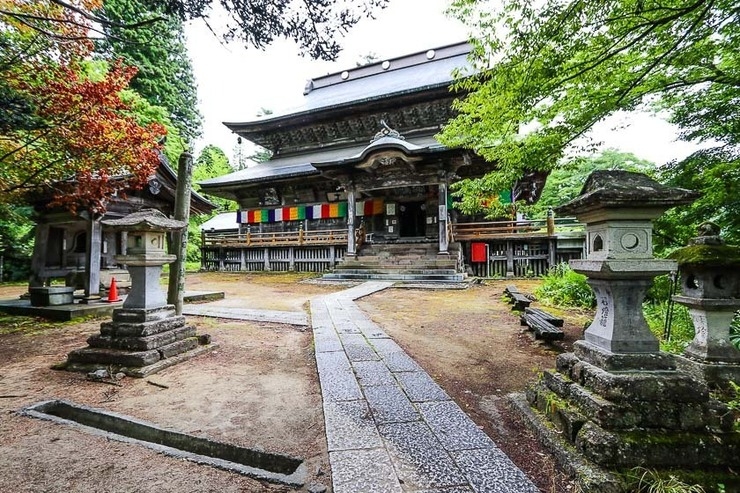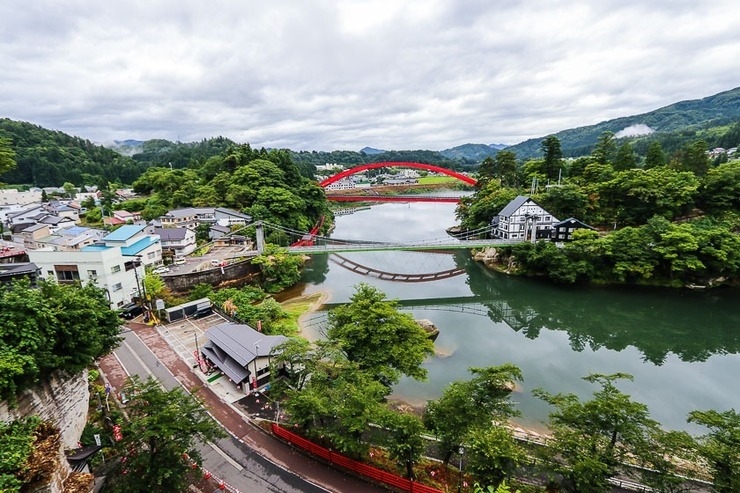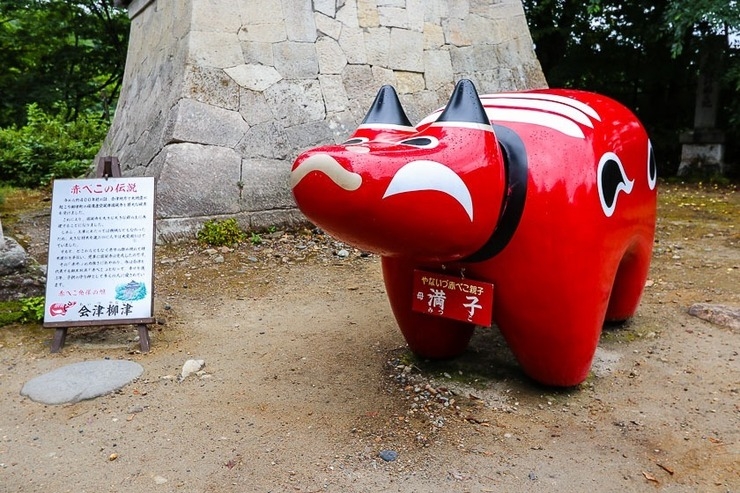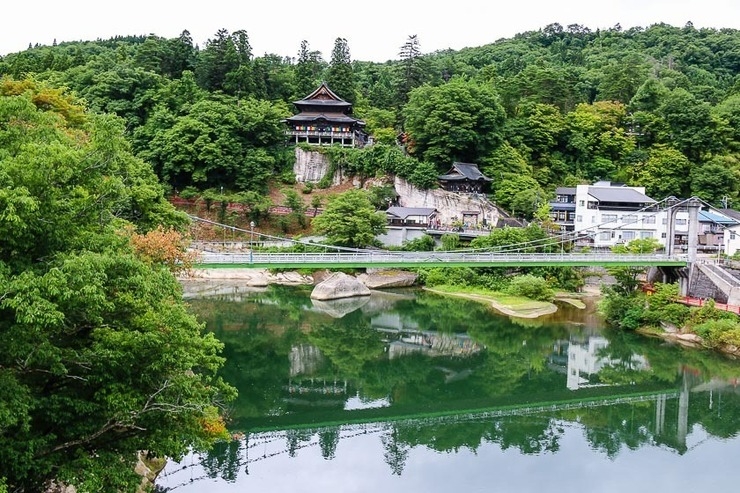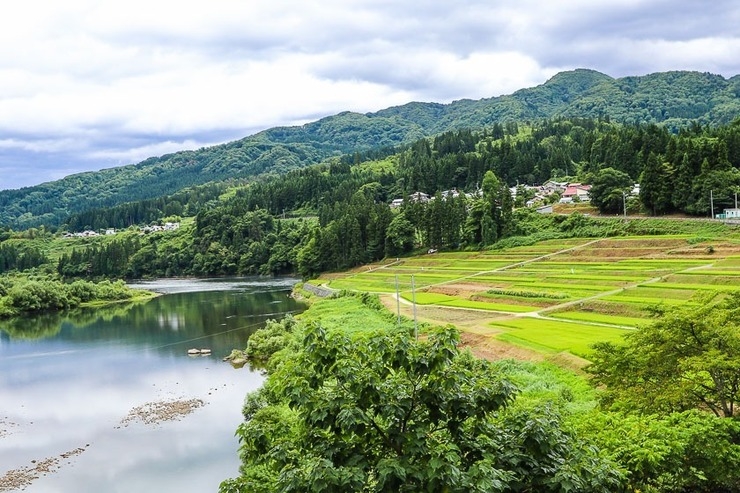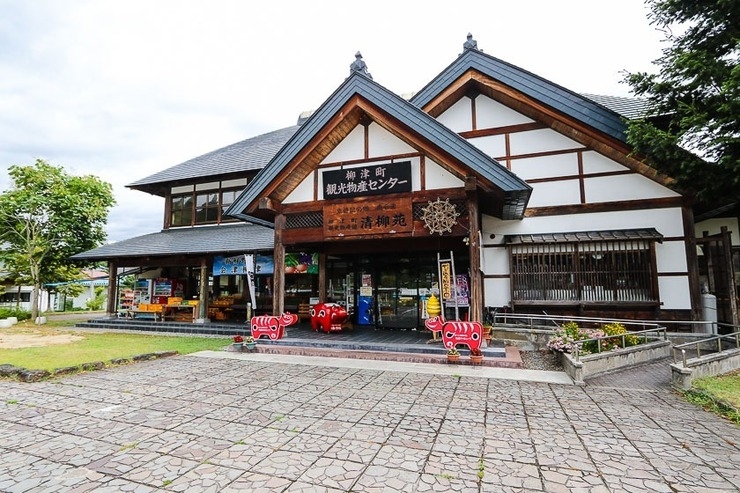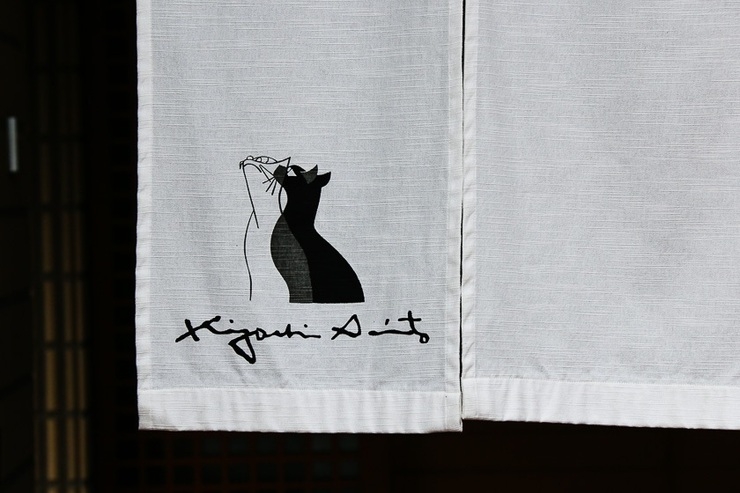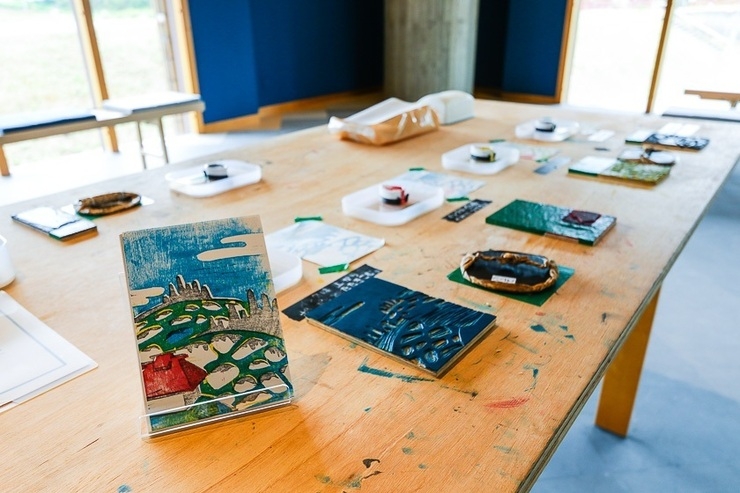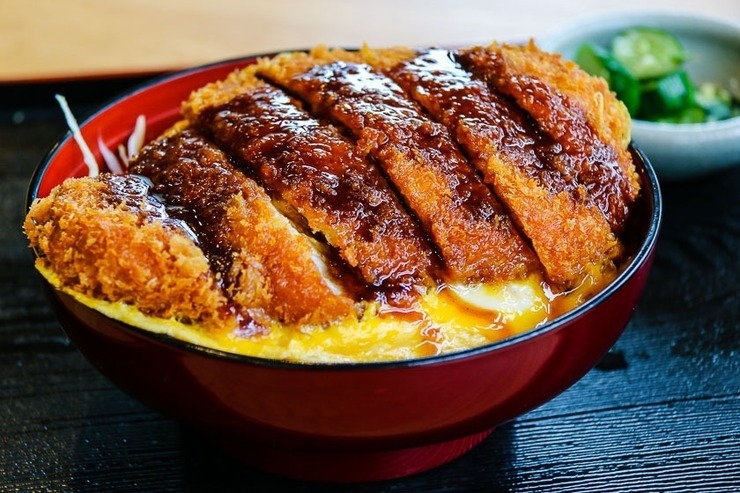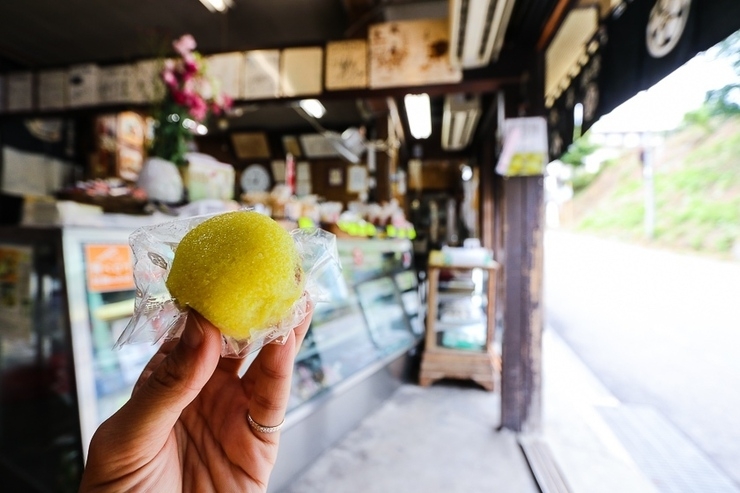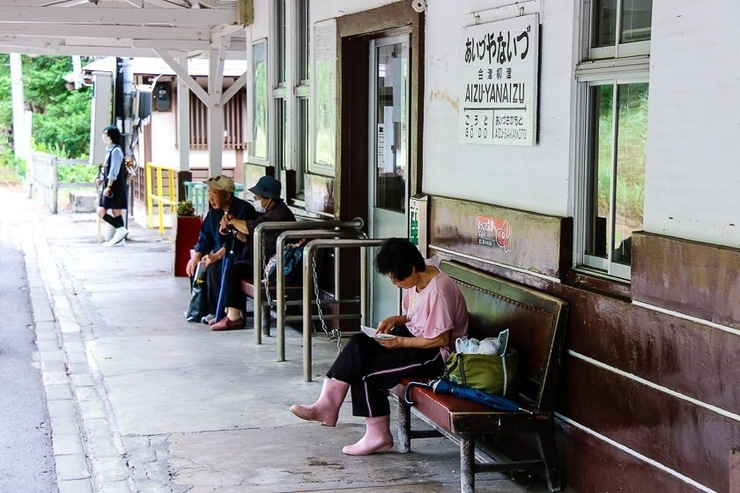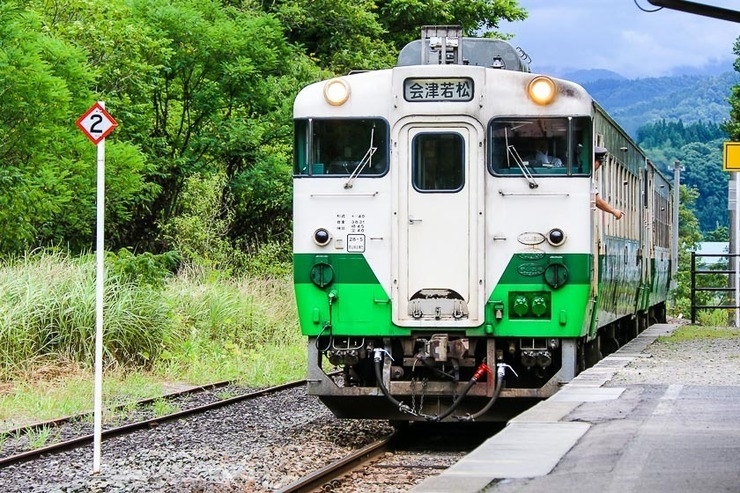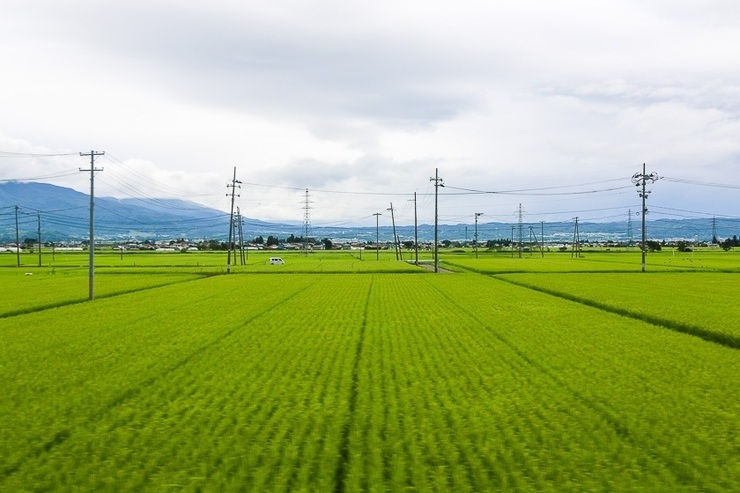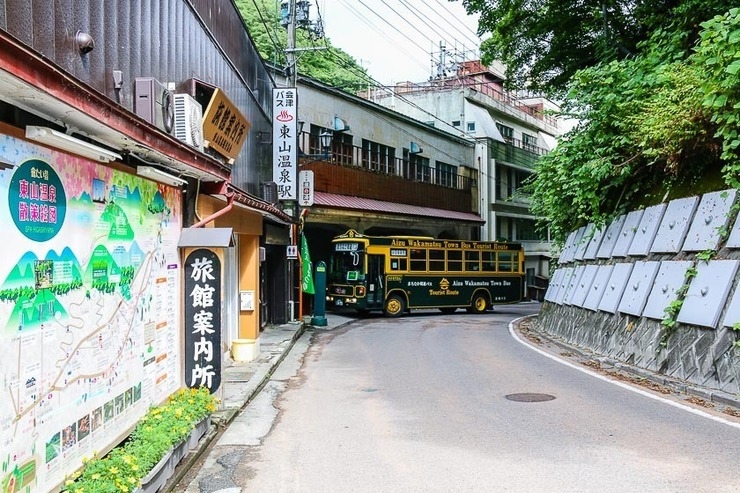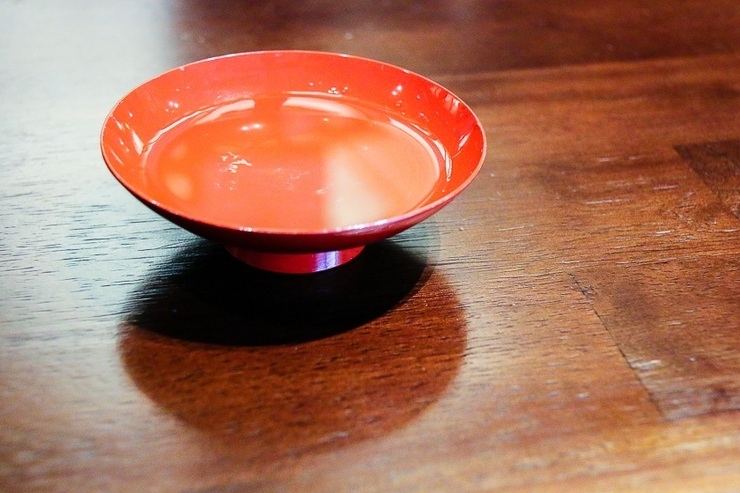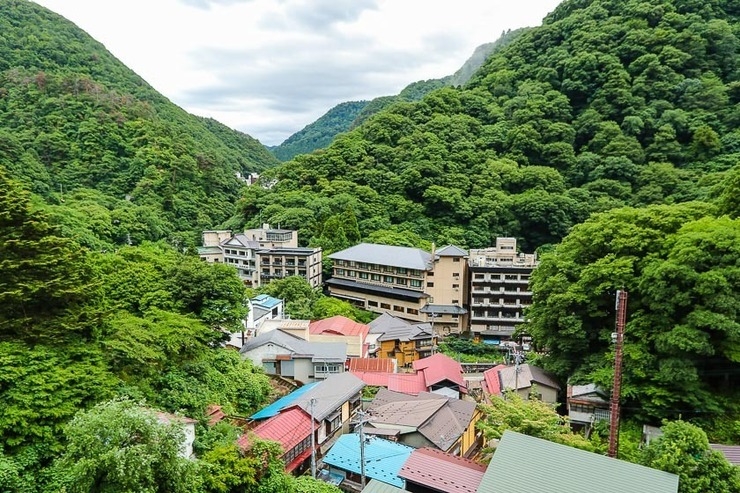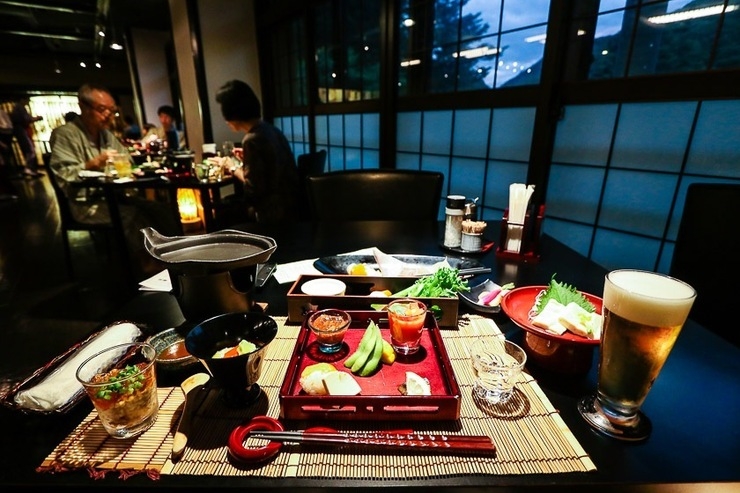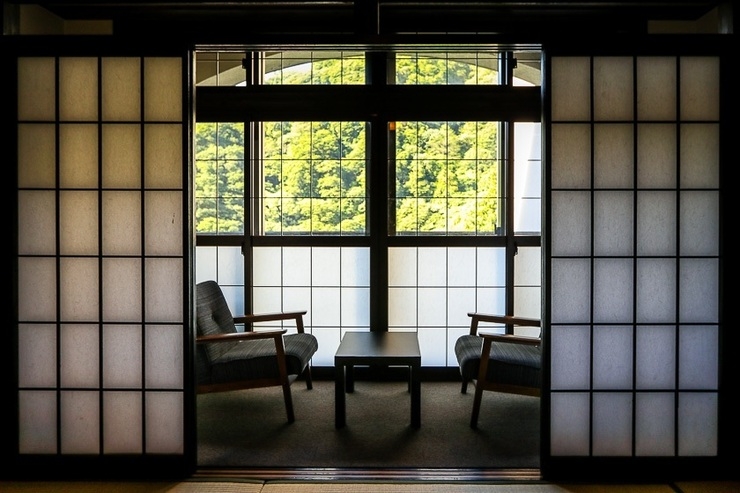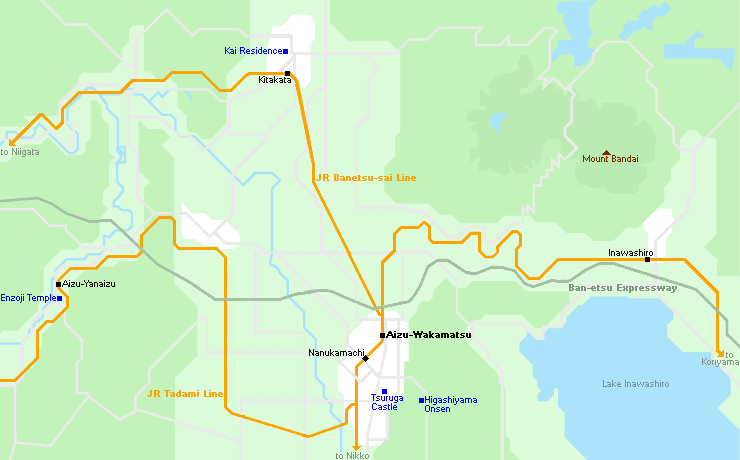Checking out after breakfast the next day, I spent the first half of the day in Aizu-Wakamatsu. I took the sightseeing loop bus from Higashiyama Onsen to Tsuruga Castle and paid a visit to the Rinkaku Teahouse Garden as well. The museum inside the castle has displays showing the history of the Aizu Region and the lords who ruled from the castle. It made for an educational trip to get an overview of the land and its history.
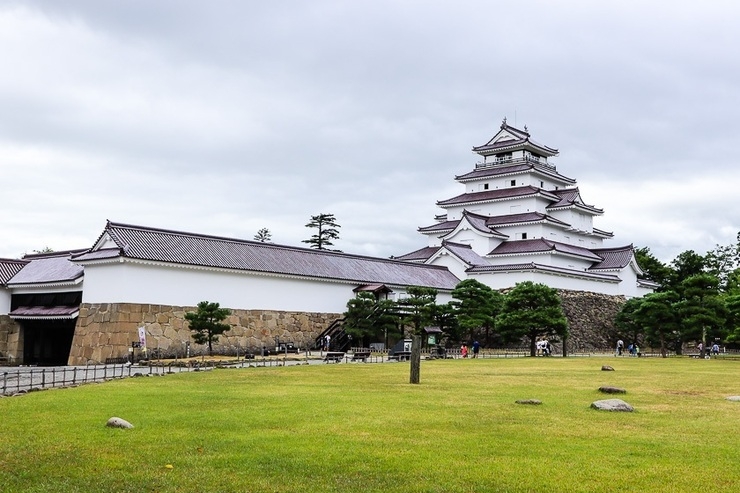
Tsuruga Castle and its red tiled roof
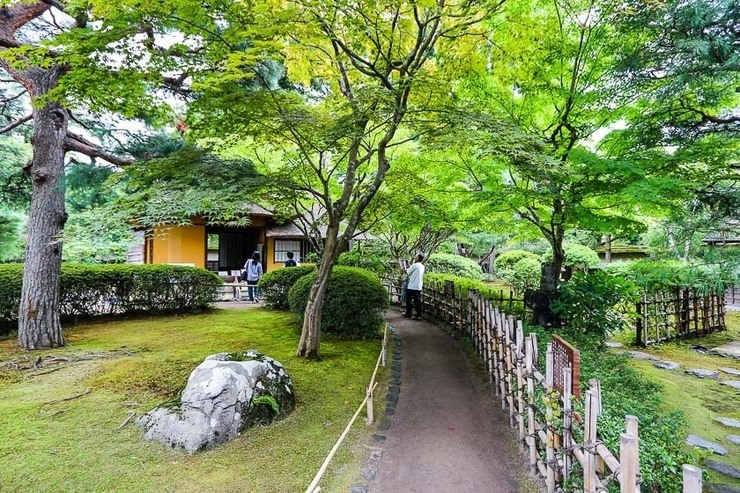
Inside the Rinkaku Teahouse Garden
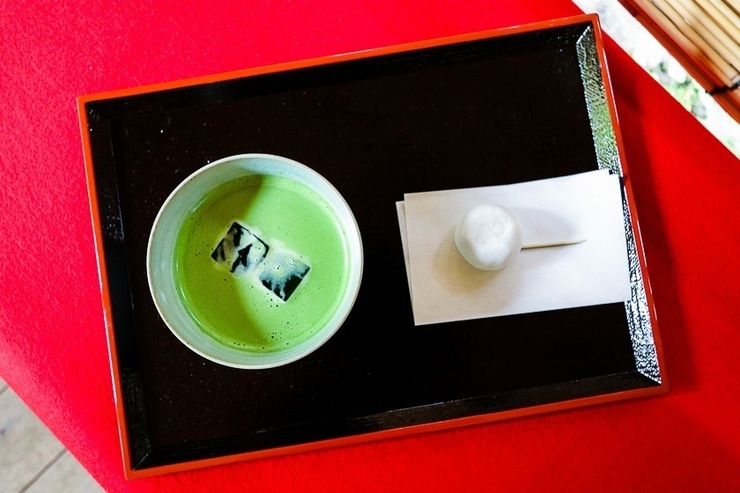
Enjoyed tea and a snack inside the garden
The Aizu Region is known for its high-quality sake, and a number of local labels have won both international and domestic competitions. A short walk from the north exit of Tsuruga Castle is the Aizu Miyaizumi Brewery, one of the numerous breweries in the region, which offers free sake tasting at their shop. Lunch was at an old established restaurant, Takino, that specializes in an Aizu delicacy called wappa-meshi which is rice and other local ingredients steamed in a wooden container.
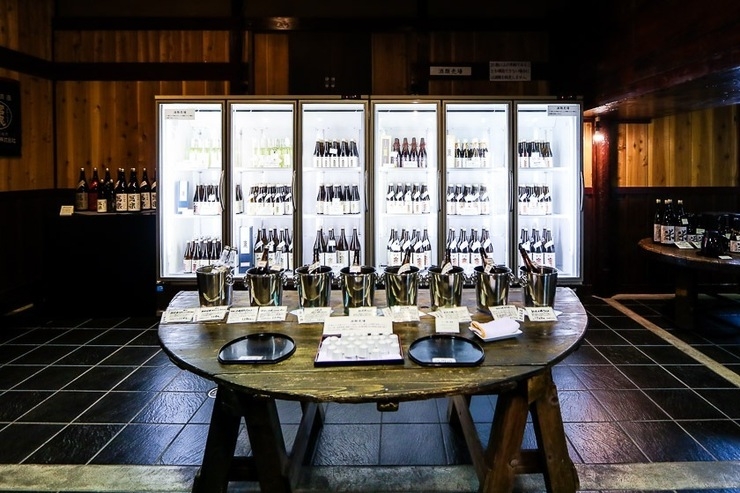
Tasting area at Aizu Miyaizumi Brewery
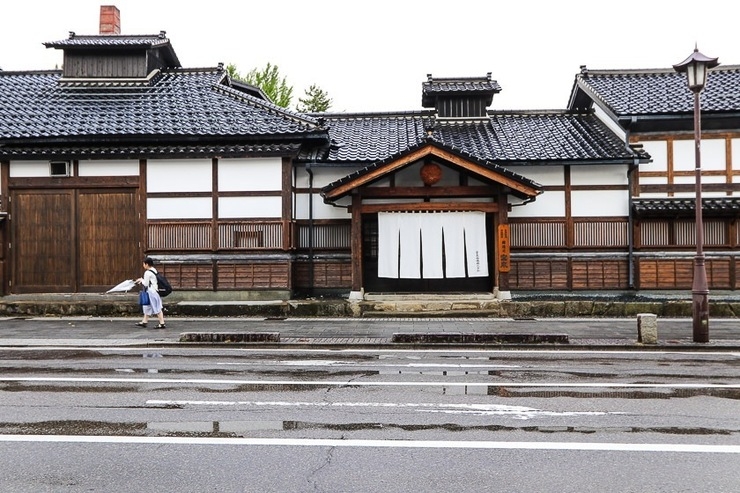
Exterior of the brewery, the shop lies behind the noren curtains
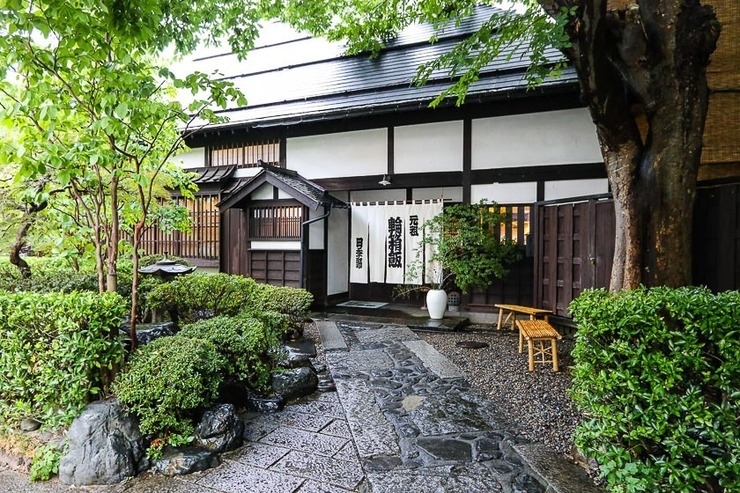
Secluded entrance to Takino
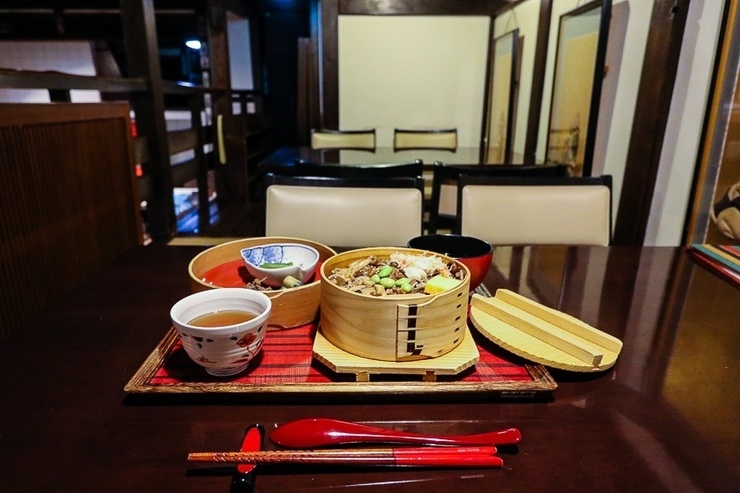
Table for one and an order of wappa-meshi
From there, I took the sightseeing loop bus back to Aizu-Wakamatsu Station to catch the train to Kitakata. According to the train schedule, I had about three hours to spend in the city so that I wouldn't have to arrive back home too late. The city is famous for its storehouses and there are some dating back as far as the Edo Period.
I took the Kitakata sightseeing loop bus (200 yen per ride) from the station to the Kai Residence, one of the biggest and most impressive residences and storehouses in the city, which is also designated national cultural property. Alternatively, the residence could be reached in a 20-minute walk from the station. While admission is free, visitors can only view the exterior of the residence, the inner garden as well as some of the opulent rooms through open doors.
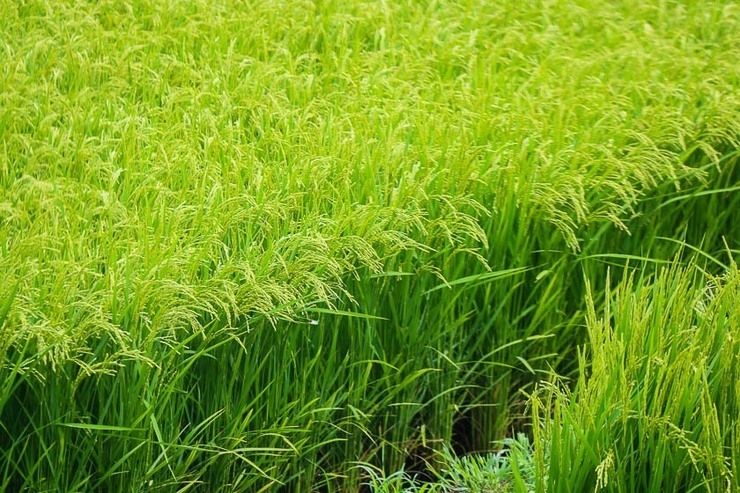
It was mostly rice fields on the way to Kitakata
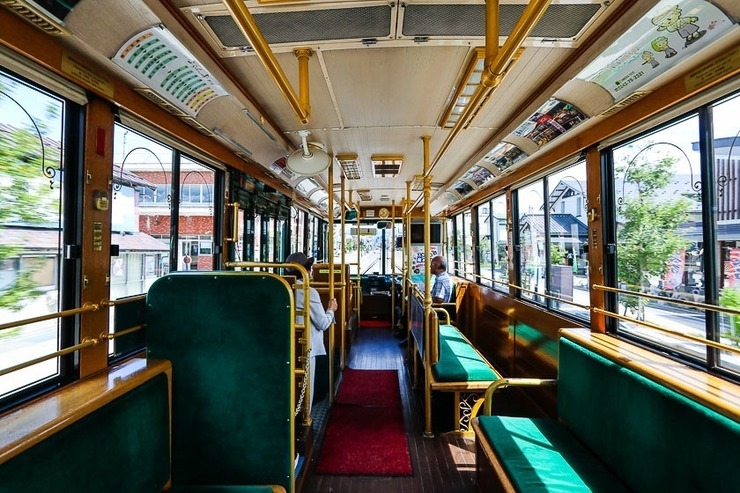
Inside the Kitakata sightseeing loop bus
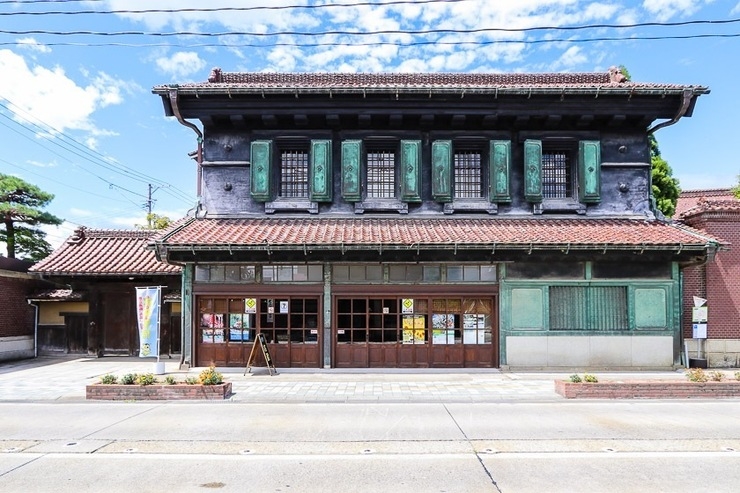
The exterior of the Kai Residence is quite unique as it is covered in black lacquer
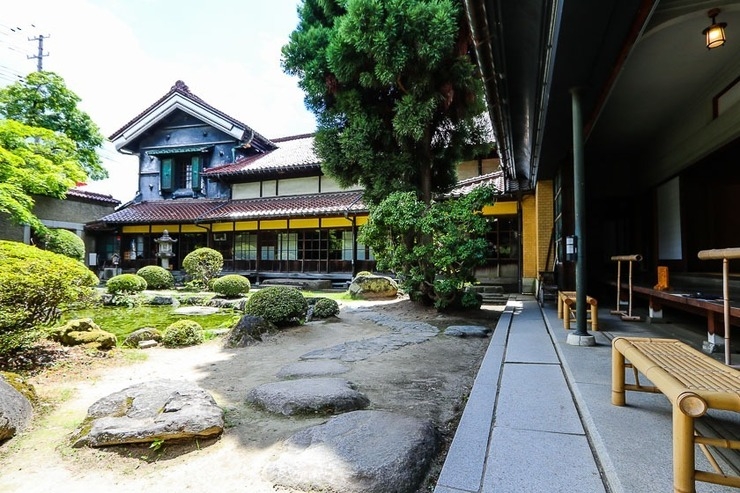
Inner garden and rooms you can peer into
After that, I walked down Kitakata's main street which is lined by many old storehouses. These old buildings all have different exteriors which made for an interesting stroll back towards Kitakata Station. Along the way, I stopped by the Yamatogawa Sake Brewery to check out their museum and sake.
The brewery has three storehouses, one from the Edo, Taisho and Showa periods respectively that are filled with sake making equipment from back in the day, as well as their current line of sake varieties. Visitors can join their free, guided museum tours (which was my choice) or go on a self-guided tour before ending up in the shop and tasting area.
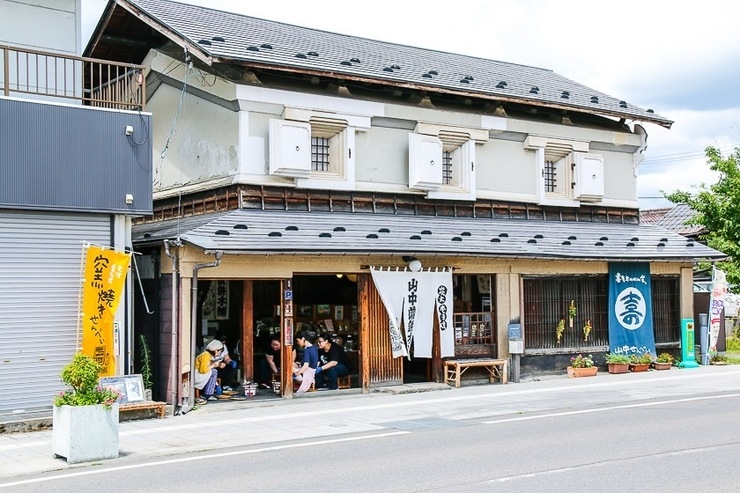
Some shops offer hands-on activities
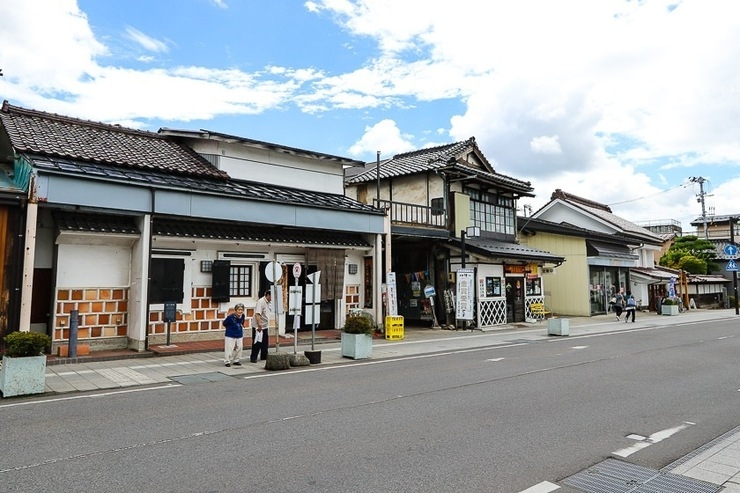
Views along the main road
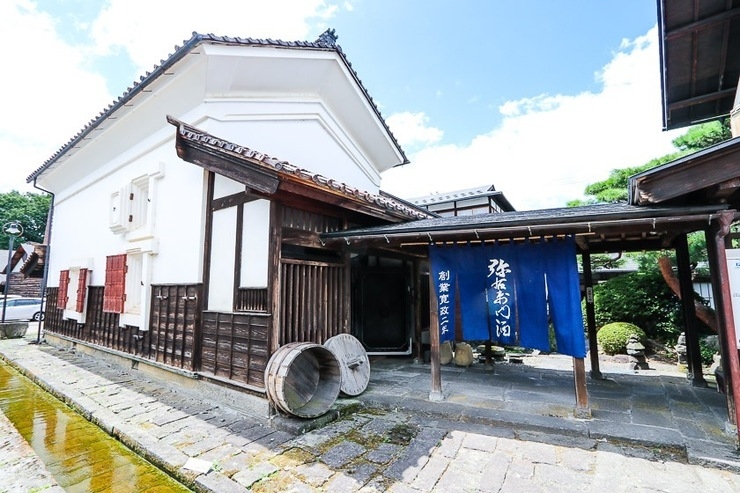
Entrance to Yamatogawa Sake Brewery
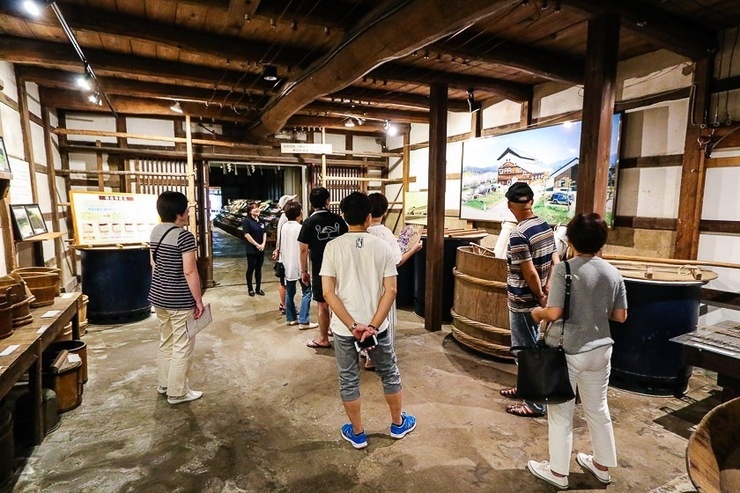
Inside the Edo Period warehouse
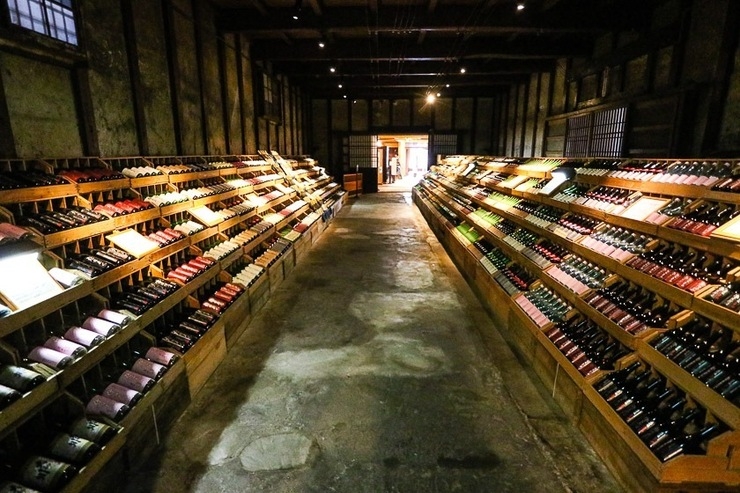
Sake bottles lined up in the Taisho Period warehouse
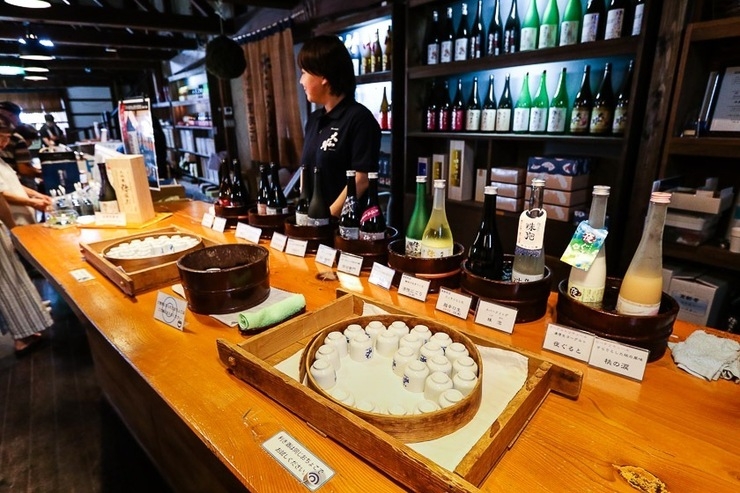
Ending with my favourite sake tasting area
Finally, no trip to Kitakata is complete without having Kitakata Ramen. Quite unlike many ramen shops in the rest of Japan, ramen shops here open from the morning, and having a bowl to start the day (or end it if you work the night shift) is a thing here. The noodles in Kitakata Ramen tend to be slightly thicker than average, and the light broth tends to be either salt or soy sauce based. I made my way to a popular ramen shop to have an early dinner before the train ride back to Aizu-Wakamatsu and Tokyo.
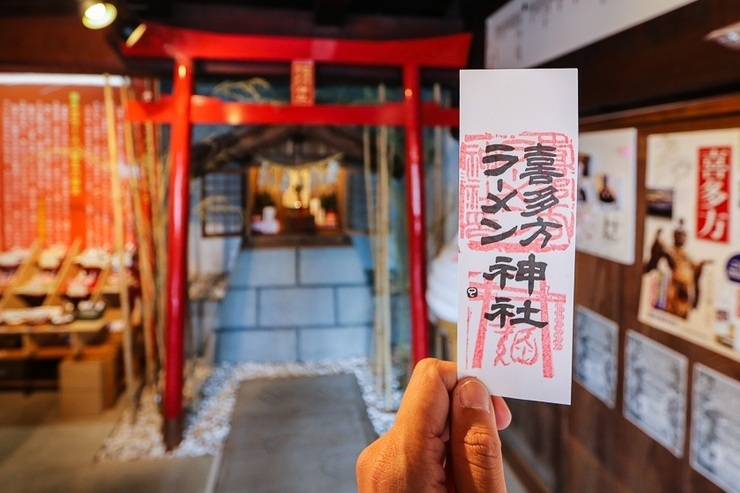
At the Kitakata Ramen Shrine
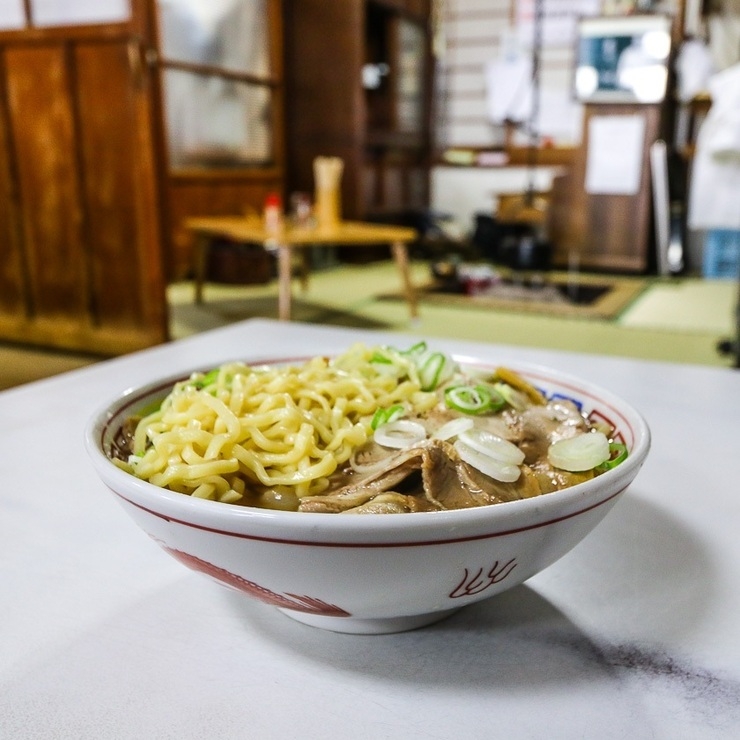
Kitakata Ramen
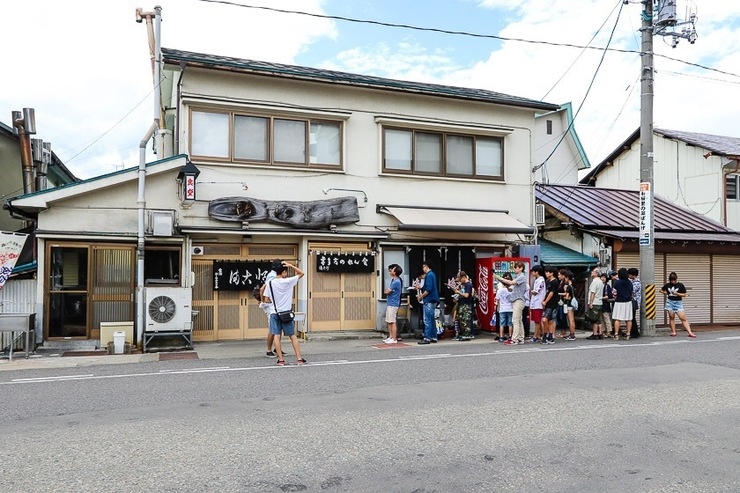
Line had formed when I left, and I heard it gets longer than this on weekends
With that, my overnight trip came to an end, and I found myself back home. There was so much to see and do, that I sometimes forgot that I was traveling alone. The tourist attractions I visited were easily navigated on foot, and the sightseeing loop buses were simple to work out. One difficulty could be entering restaurants alone, but I found that the staff were friendly and sat me down quickly while fellow diners did not even give me more than a glance. All in all, it was a reasonably straightforward trip for which the main requirement for me was to be mindful of the train schedule. Aside from that, I felt like I had covered a fair bit of ground and given myself a primer to the Aizu Region.
Till the next trip!
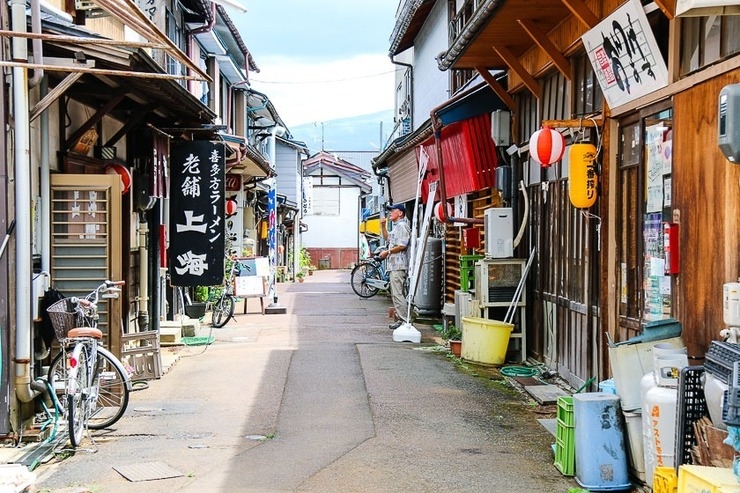
Restaurant alley in Kitakata
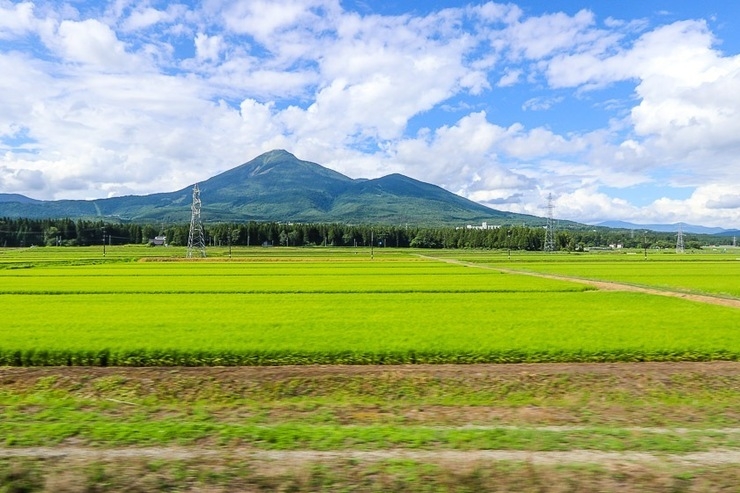
See you later Mount Bandai
